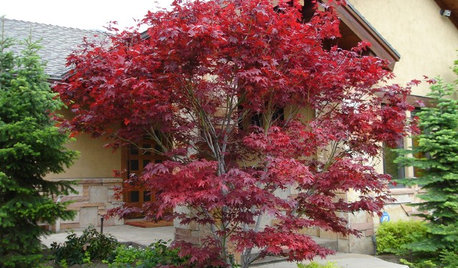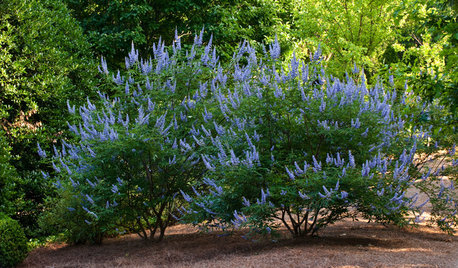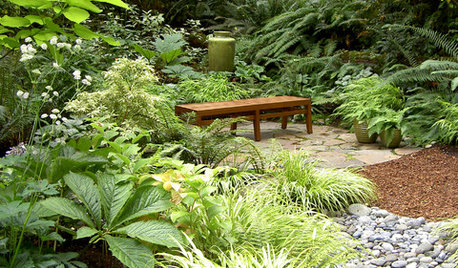Questions about liquid fertilizer use on foliage plants.
indiana_tom
9 years ago
Related Stories

GARDENING GUIDESGet on a Composting Kick (Hello, Free Fertilizer!)
Quit shelling out for pricey substitutes that aren’t even as good. Here’s how to give your soil the best while lightening your trash load
Full Story
GARDENING GUIDES7 New Plants to Grow for Beautiful Foliage
Add color, structure and interest to your garden with these recently introduced plants that sport exceptional foliage
Full Story
GARDENING GUIDESNo-Regret Plants: 5 Questions Smart Shoppers Ask
Quit wasting money and time at the garden center. This checklist will ensure that the plants you're eyeing will stick around in your yard
Full Story
GARDENING GUIDES8 Plants Bursting With Beautiful Fall Foliage
Luscious berries, rich crimson leaves and stellar stalks show that nary a flower is needed for enthralling autumn gardens
Full Story
GARDENING GUIDES6 Plants for Colorful Fall Foliage in the Water-Wise Western Garden
Try these colorful, drought-tolerant additions to your garden for a fall season filled with color
Full Story
GARDENING GUIDESCommon Myths That May Be Hurting Your Garden
Discover the truth about fertilizer, soil, staking and more to keep your plants healthy and happy
Full Story
FLOWERS AND PLANTSVitex Agnus-Castus Fills Gardens With Fragrant Blooms and Foliage
Spikes of purple flowers adorn chaste tree’s aromatic foliage throughout the warm season in Southern gardens
Full Story
EXTERIORSCurb Appeal Feeling a Little Off? Some Questions to Consider
Color, scale, proportion, trim ... 14 things to think about if your exterior is bugging you
Full Story
GARDENING GUIDESHow to Keep Your Citrus Trees Well Fed and Healthy
Ripe for some citrus fertilizer know-how? This mini guide will help your lemon, orange and grapefruit trees flourish
Full Story
GARDENING GUIDESGreat Garden Combo: 6 Beautiful Plants for a Shady, Wet Site
Transform a shade garden with moisture-loving golden grasses, textural leaves and a sprinkling of flowers
Full Story







tapla (mid-Michigan, USDA z5b-6a)
indiana_tomOriginal Author
Related Professionals
Maple Valley Landscape Architects & Landscape Designers · Beavercreek Landscape Architects & Landscape Designers · Essex Landscape Architects & Landscape Designers · Allentown Landscape Contractors · Norwood Landscape Contractors · Wake Forest Landscape Contractors · Choctaw Landscape Contractors · Fairfield Landscape Contractors · La Mirada Landscape Contractors · Long Branch Landscape Contractors · Mesa Landscape Contractors · Ocoee Landscape Contractors · Overland Park Landscape Contractors · Watertown Landscape Contractors · New Providence Interior Designers & Decoratorstapla (mid-Michigan, USDA z5b-6a)
indiana_tomOriginal Author
tapla (mid-Michigan, USDA z5b-6a)